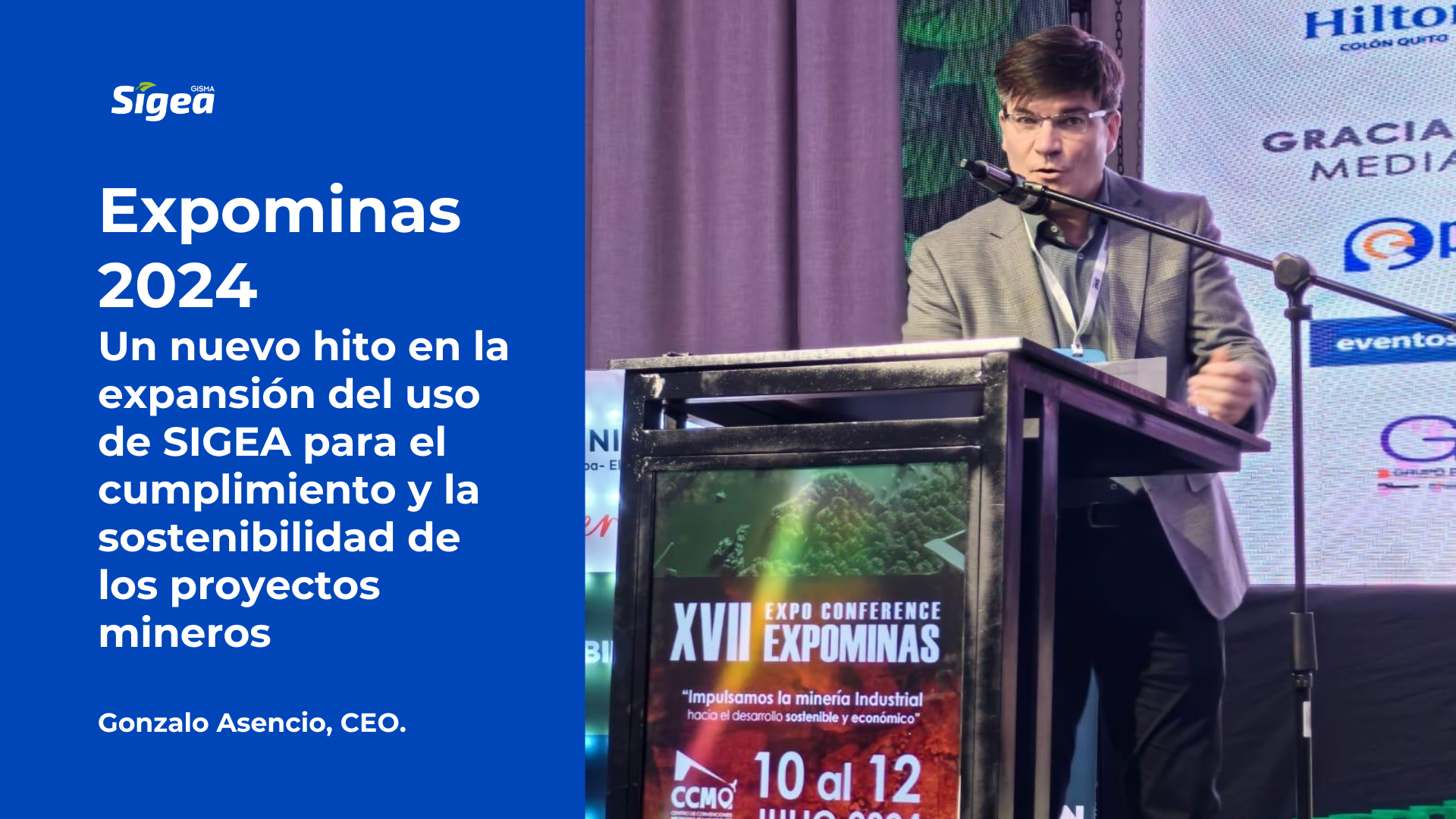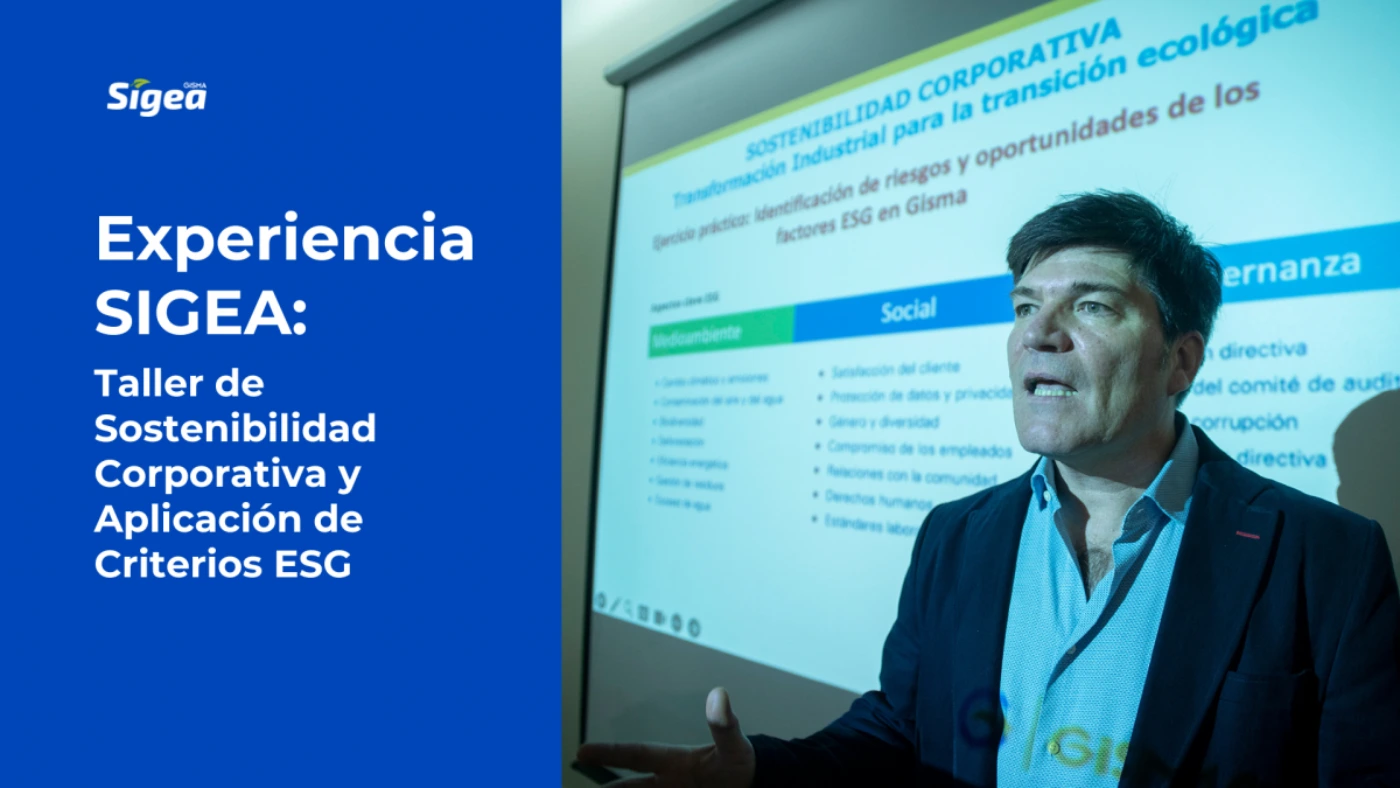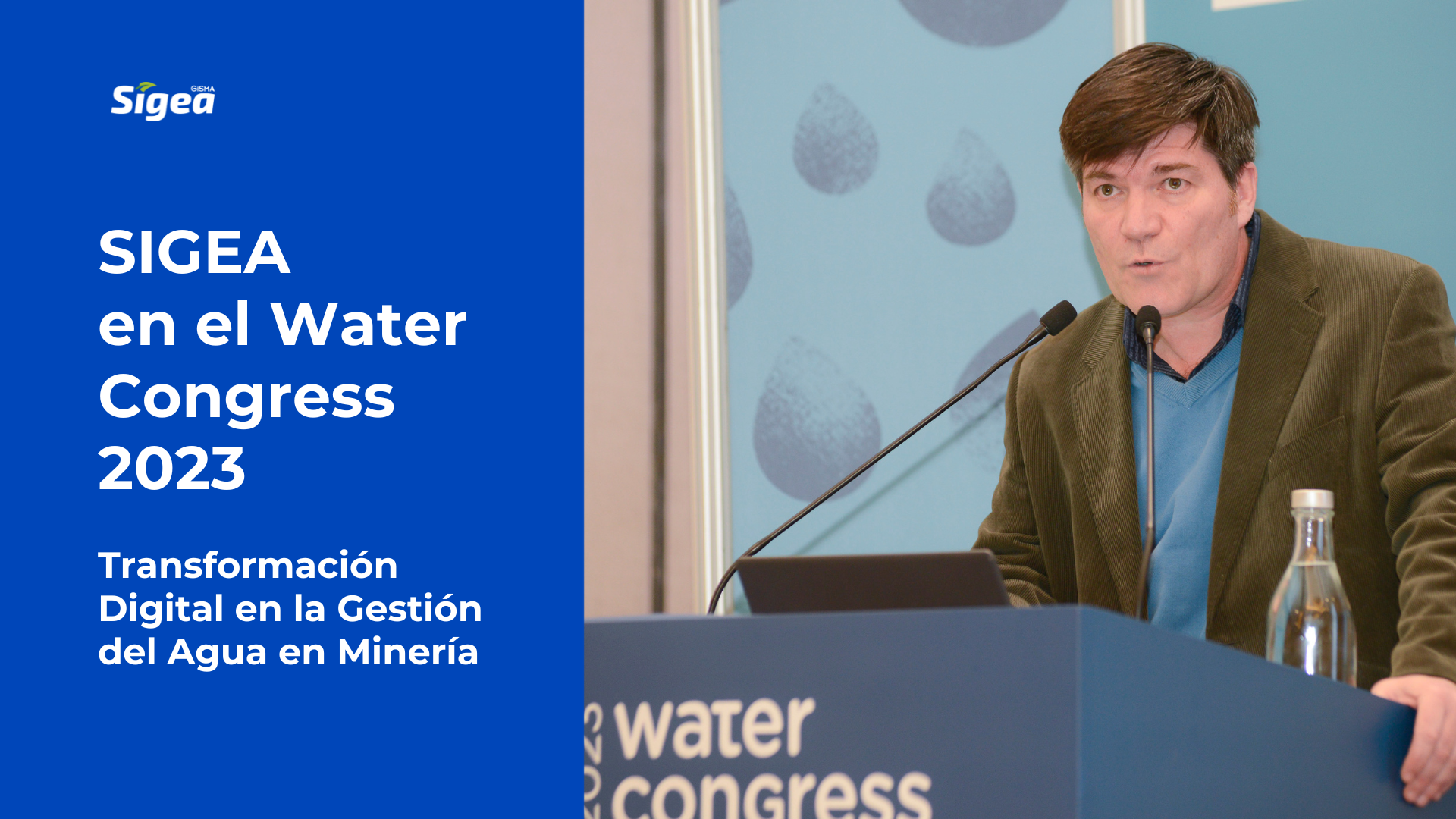Carmen Gloria Sandoval, El Sur Newspaper.
The high cost of investment and the gradual drop in energy prices due to the massive entry of new players into the market, mainly developers of Non-Conventional Renewable Energies (NCRE), set back the first geothermal project in southern Chile, located on the border between the regions of Biobío and La Araucanía. The setback was for the company MRP Geotermia Chile Ltda., a subsidiary of Mighty River Power of New Zealand, which in mid-March decided to withdraw its installations from the exploration area in which it was working, located to the northwest of the inactive Tolhuaca volcano, which is shared by the municipalities of Quilaco and Curacautín. The investment, in excess of US$ 400 million, was intended to start generating electricity in 2019. The plant would have an installed capacity of 70 MW and, given its high plant factor (approximately 95%), would generate some 535 GWh per year.
DOUBLE INVESTMENT
Gonzalo Asencio, general manager of the environmental consulting firm Gisma, explains that in the context of Ernc, one of the most promising in Chile is geothermal energy, mainly because the country is located in the so-called “Pacific Ring of Fire”, which includes more than 3,000 volcanoes. But so far, locally, it has not shown the same development as other Ernc technologies such as solar or wind power. “When comparing initiatives that today are more advanced and have the Environmental Qualification Resolution (RCA), they have had to invest twice as much per MW compared to options such as solar energy,” says Asencio. He adds that there is still insufficient information on the areas with the best conditions for installing geothermal power plants, which also makes it difficult for investors to make decisions. According to the Center of Excellence in Geothermal Energy of the Andes (Cega), geological studies in the north and center-south of the country have made it possible to calculate, in the most optimistic scenario, an approximate theoretical geothermal potential of up to 16,000 MW. The HidroAysén Project would provide 2,750 MW. The most concrete at present is the Cerro Pabellón project in Region II, Ollagüe district, which is being carried out by Geotérmica del Norte S.A. (GDN), owned by Enel Green Power (51%) and ENAP (49%), and which will be the first geothermal power plant in South America. It consists of two 24 MW units with a total gross installed capacity of 48 MW. Once in operation, Cerro Pabellón will produce about 340 GWh per year that will be injected into the Norte Grande Interconnected System (Sing). The initiative required an investment of US$ 320 million and is scheduled to start operations in the first half of 2017. Gonzalo Asencio recalls that since the enactment of Law No. 19,657 on Geothermal Energy Concessions in 2000-which was updated in March 2013 by Decree 114-slow progress has been made in exploration and in some projects. Last year, the Ministry of Energy granted 75 exploration concessions and 8 exploitation concessions, according to Sernageomin. Environmental Qualification Resolutions (RCA) have been granted to projects in the Antofagasta and Biobío regions.
MOVE FASTER
Despite Chile’s apparent advantages as a potential geothermal energy generator, whether this type of energy will gain more ground in the coming years will depend, to a large extent, on investors having greater clarity of information and perceiving investments as less risky, due to the high cost of exploration. In this sense, says Asencio, Sernageomin’s work in the preparation of regional maps of geothermal resources will be a great contribution. “He has already published the one for the Los Lagos Region and is currently working in the Los Ríos and Araucanía regions. Likewise, more socialization of the potential and characteristics of this technology with the community is required”, warns the expert. In this regard, the Ministry of Energy emphasizes that geothermal energy is a proven energy source, with more than 100 years of development in the world. It has enormous virtues, apart from being renewable. It has a very high plant factor, close to 90%, and is not vulnerable to climatic variations. It can be applied in electricity generation as well as in thermal uses for heating buildings, greenhouses, productive industrial uses, wood drying, fish farming, among others.
FINANCIAL SUPPORT
As financial support mechanisms for the development of these projects, the Geothermal Risk Mitigation Mechanism (MiRiG), financed by international cooperation (Clean Technology Fund) to Chile and operated by the IDB, is in operation. This hedges the risk of well drilling failure. Two concessionaires have advanced negotiations with BID, and the related operations should be completed during 2016. In addition, the resources requested from Minenergia to cover more projects were increased by US$ 25 million (total US$ 72 million). Another instrument is promoted by the German bank KfW, and will have coverage throughout LAC. This instrument would be operational in 2017. It will be managed by KfW with CAF. The Seremi of Energy, Carola Venegas, said that in the bidding process for distribution companies to be awarded in 2016, without prejudice to the options common to all bidders in the tender, the option was established for geothermal projects that have at least one well to postpone or terminate the contract early in the event of exploration failure. “In this way geothermal projects could access long-term contracts and improve access to financing.”
REGULATORY CLARITY
The Regulations of the Geothermal Energy Concessions Law were improved, clarifying the conditions that make it possible to opt for exploration concessions to an exploitation concession, and providing tools that allow better consideration of the territorial characteristics in the activities authorized in these concessions. In addition, in 2015, the processing of the stock of exploration applications accumulated between 2009 and 2013 (a total of 69) was completed, the exploitation applications that had the necessary information to do so were resolved, and indigenous consultation processes are underway for eight exploitation concessions.




